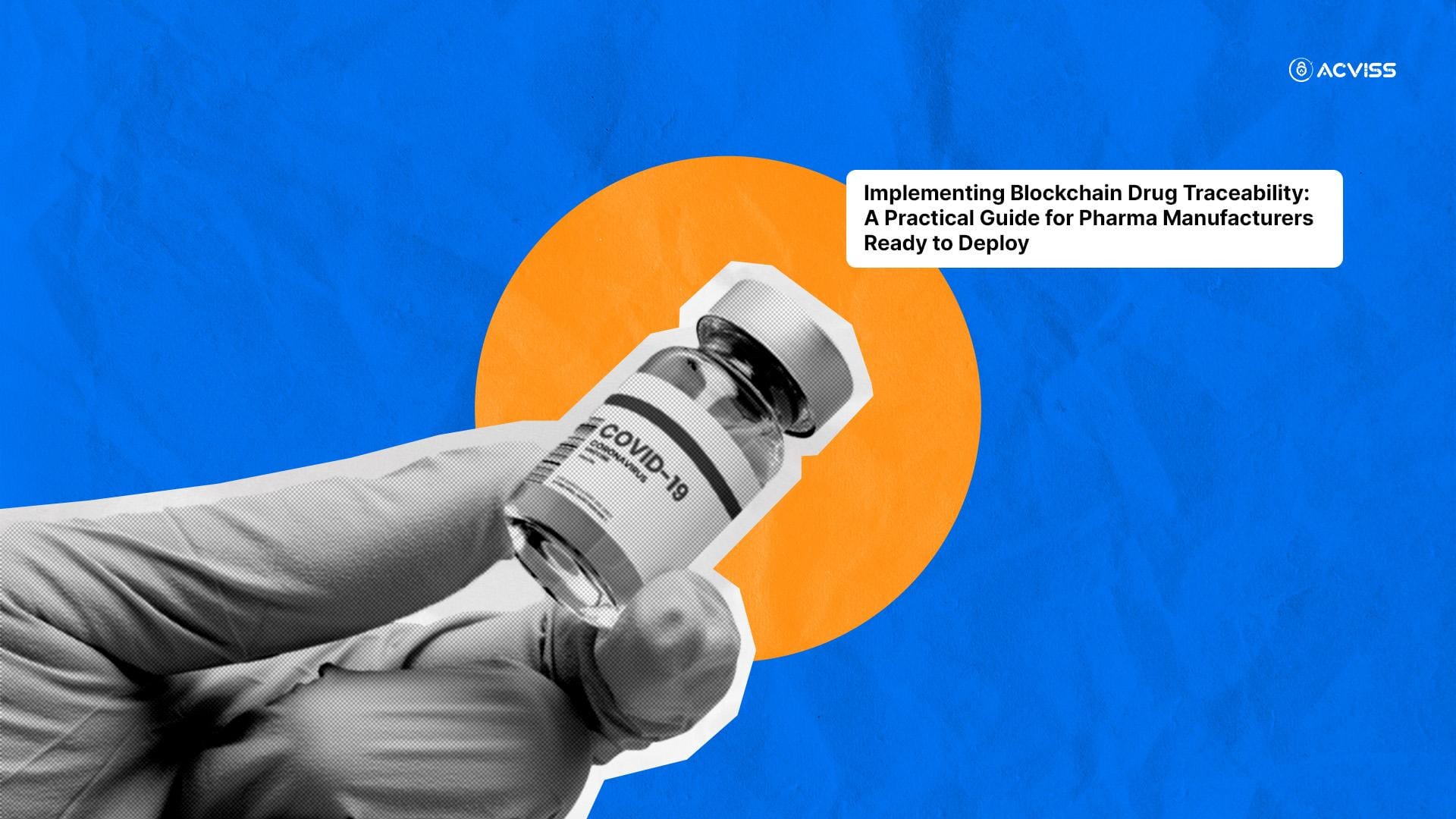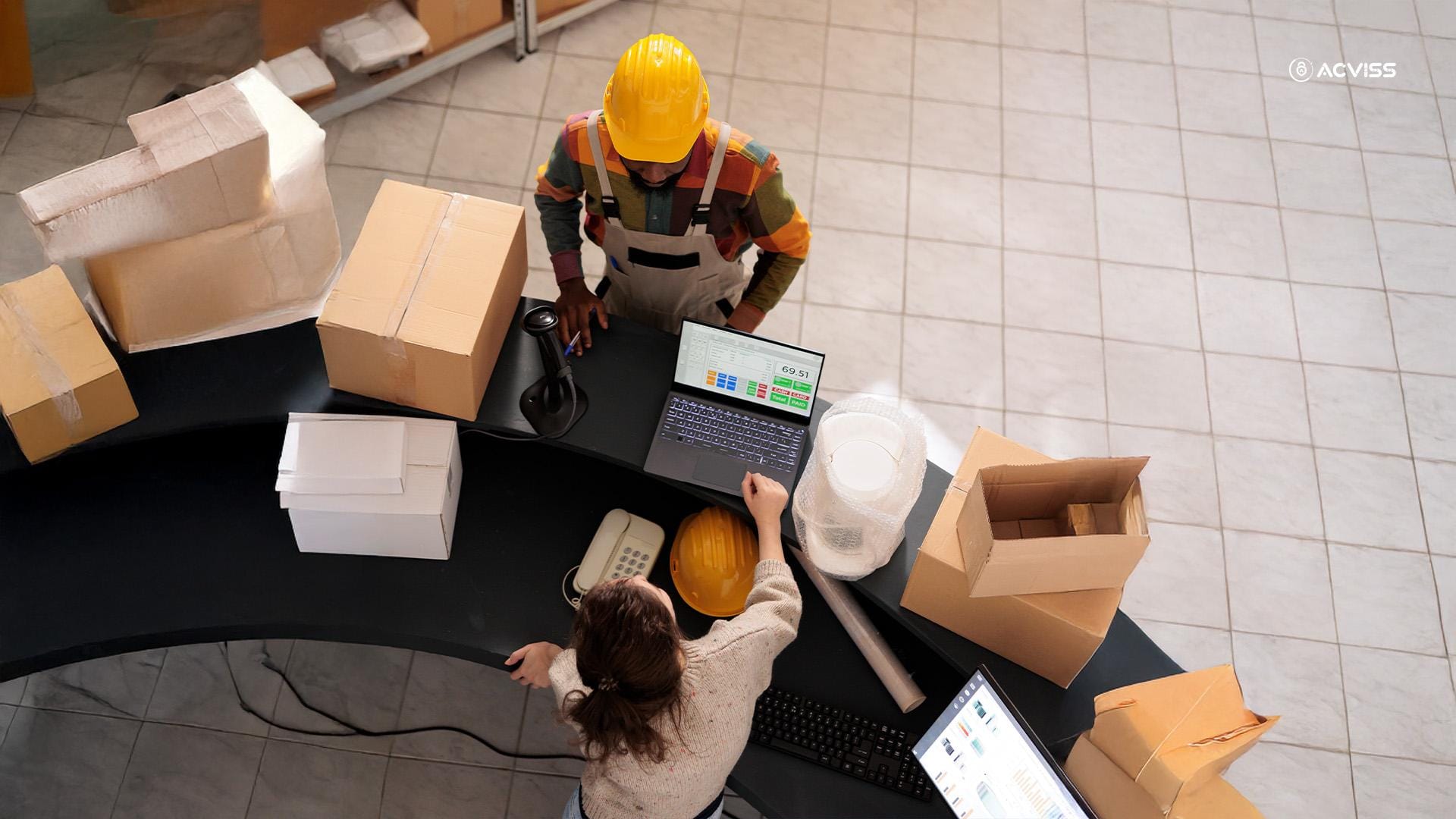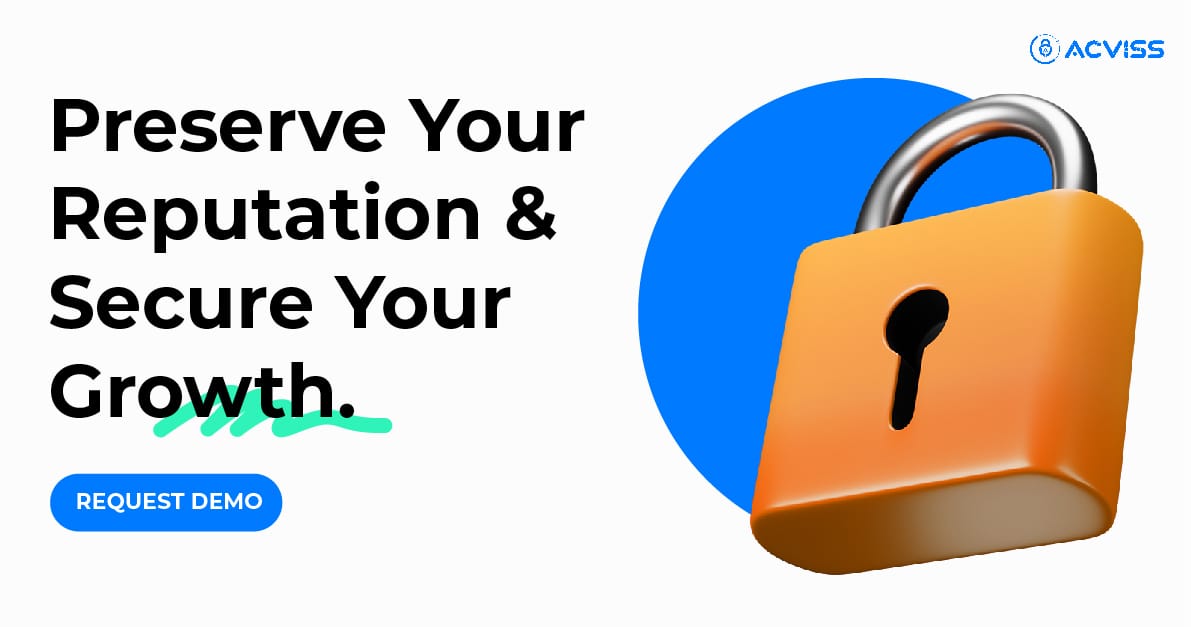Implementing Blockchain Drug Traceability: A Practical Guide for Pharma Manufacturers

If you are into pharma manufacturing, you know how important traceability is. Especially nowadays, when rules and regulations are getting stricter and counterfeiting is rising. One of the best ways is blockchain-based traceability.
Your compliance team is tracking DSCSA deadlines, your quality team is concerned about counterfeit infiltration, and your supply chain team needs better visibility. The question isn't "why blockchain" anymore, it's "how do we actually implement this without disrupting production?"
Here’s a head-up for you. This guide cuts through the theory and focuses on what actually happens when you deploy blockchain-based drug traceability technology in a working pharmaceutical manufacturing environment. And when I say this, I mean this is a real deal, and the actual process might look overwhelming, but this is what happens at the ground level.
But always remember, if it's hard, you are on the right track, and the biggest global brands are doing this, and it is what has made them what they are.
Let’s begin and break down every aspect you need to know about implementing blockchain drug traceability into your pharma manufacturing environment.
Choosing Technology That Actually Works for Pharma Operations
The right technology impacts how quickly your system is up and running. Here’s what you need to know to ensure smooth pharma operations.
What Your System Needs to Handle:
1. Multiple packaging lines: Your blockchain platform should handle data from multiple lines at once.
2. Seamless ERP integration: It should work with your existing ERP without needing a complete system overhaul.
3. Compliance with GS1 standards & Data Matrix: Stick to industry standards to avoid compliance headaches later.
5. Real-time verification: Scanning a product code should result in instant authentication (within 3 seconds) to avoid delays in dispensing.
Key Integration Considerations:
1. Work with existing equipment: The platform must integrate with your current printers, scanners, and vision systems; no need for complete equipment replacement.
2. Real-time ERP data sync: The system should pull serialisation data, batch records, and distribution info from your ERP in real-time. Gaps here can let counterfeits slip through.
Cloud vs. On-Premise:
1. Cloud solutions:
- Faster deployment (weeks instead of months).
- Lower initial costs and automatic updates.
- Easier to manage across multiple sites, especially with contract manufacturers.
2. On-premise systems: Typically slower to deploy and require more maintenance due to infrastructure setup.
Pro Tip: Choose platforms that offer pre-built connectors for major pharmaceutical ERP systems. Custom integration development can add 3-6 months to your timeline and creates ongoing maintenance complexity.
Integration Reality: Connecting Blockchain to Your Manufacturing Operations

Theory says integration is straightforward. Reality is messier.
Your ERP Integration Challenge
Most pharmaceutical ERPs weren't designed with blockchain connectivity in mind. You need middleware that can translate between your ERP's data structure and your blockchain platform's requirements, without breaking existing workflows that your production teams depend on.
The challenge multiplies when you're working with contract manufacturers using different ERP systems. Your blockchain platform needs to accommodate multiple data formats and integration methods simultaneously.
Where Does Serialisation Data Get Captured
Serialisation begins at your packaging lines. Vision systems verify that codes printed on packages are readable and unique. Scanners capture these codes as products move through packaging stages. Aggregation happens when individual units are packed into cases and cases are placed onto pallets.
Each scanning point needs to write to your blockchain ledger. That means your packaging equipment needs reliable connectivity to your traceability platform. Packaging line downtime can't create gaps in your blockchain records; you need queuing systems that capture data locally and sync when connectivity returns.
The Data Architecture That Actually Works
Here's what stays on your blockchain:
- unique product identifiers,
- timestamp records, and
- custody transfer events.
That's it.
Everything else, like batch records, commercial agreements, and pricing information, stays in your private databases.
Your blockchain stores pointers to this private data, not the data itself. When someone verifies a product, the blockchain confirms authenticity and retrieval credentials for detailed information from your secure databases.
This architecture protects commercial confidentiality while providing transparency where it matters: proving product authenticity and tracking custody transfers.
Serialisation Implementation: Making It Work on Production Lines
Serialisation sounds simple until you're actually printing unique codes on thousands of products per hour.
1. Setting Up Reliable Serialisation
Your packaging lines need print-and-verify systems that confirm every code is unique and readable before products continue down the line. Failed prints must trigger automatic rejection. There's no room for "we'll catch it later" in serialisation. Once a product leaves the line, correcting serialisation errors becomes exponentially more expensive.
Camera systems perform automated verification by reading printed codes and comparing them against expected values. These systems need to handle different package sizes, materials, and line speeds without creating bottlenecks.
2. Aggregation Logic in Practice
Aggregation creates parent-child relationships as products move through packaging. Individual bottles become children of the carton they're packed into. Cartons become children of the case. Cases become children of the pallet.
Your system needs to handle mixed lots when you're packaging products from different manufacturing batches into the same shipment. It needs to manage decommissioning when packages are opened for inspection or sampling. And it needs to support recommissioning when those packages return to distribution.
3. QR Code Design Decisions
Static QR codes link to fixed URLs. They're simple but vulnerable to copying. Dynamic QR codes generate unique verification responses for each scan, making counterfeit detection much more reliable.
Code density matters. Higher density codes store more information but become harder to scan reliably on curved surfaces or in poor lighting. Finding the right balance requires testing with actual scanning equipment in realistic conditions.
4. Testing Before Production Launch
Run full production simulations before going live. Test serialisation during line changeovers, that's when most failures occur. Simulate network outages to verify your queuing systems work. Load test your verification platform with expected scanning volumes plus 50% buffer.
Partner with a few distributors for verification testing before your official launch. Their real-world scanning conditions often reveal issues that don't show up in controlled testing.
Partner Onboarding: Getting Your Supply Chain Connected

Your blockchain traceability only works if your partners can actually use it.
Who Needs Integration
Contract manufacturers need to capture serialisation events during packaging at their facilities. Distributors need to scan and verify products during receiving and shipping. Pharmacies need point-of-dispense verification capability. Third-party logistics providers need to track shipments without compromising security.
Each partner type has different technical capabilities and different integration requirements. Here’s how to make it happen.
The Onboarding Approach That Works
Start with test environments where partners can practice without affecting production systems. Provide simple integration guides, not 200-page technical specifications that nobody reads. Offer dedicated support during the initial weeks when partners are learning the system.
Roll out gradually based on partner technical sophistication. Your largest, most technically capable partners first. Smaller partners after you've refined processes based on early feedback.
Handling Partners Without Technical Infrastructure
Not every partner has sophisticated IT systems. Small pharmacies may have basic point-of-sale systems without integration capabilities. Regional distributors might lack dedicated IT resources.
Mobile apps provide verification capability without requiring system integration. These apps let partners scan products manually and receive instant authentication results. They're not ideal for high-volume operations, but they prevent partner technical limitations from blocking your traceability implementation.
Governance That Prevents Disputes
Clear governance prevents conflicts when things go wrong. Document who's responsible when verification fails. Define data access levels and permissions for different partner types. Create incident response protocols that everyone understands before problems occur.
This brings us to our next important aspect of implementing blockchain-based drug traceability. Keep reading to follow:
Meeting Serialisation and Traceability Requirements
Different markets have different requirements. Here's what your system needs to support.
DSCSA Requirements in Practice
DSCSA requires:
1. The three Ts:
- Transaction information
- Transaction history
- Transaction statements
Your blockchain system needs to generate these automatically for every product transfer.
2. An interoperable electronic exchange: Your trading partners can query your system and receive standardised responses. Your platform needs APIs that support these partner queries without requiring custom development for each relationship.
3. Salesable returns verification: This is often overlooked during planning. When products return from distributors or pharmacies, you need verification workflows confirming they're authentic before they re-enter distribution.
EU FMD Serialisation Standards
European markets require unique identifiers. It needs to be in specific formats with tamper-evident seals on packaging. Your serialisation system needs to generate FMD-compliant codes and integrate with national verification systems.
On the other hand, your system needs to handle millions of decommissioning events daily without performance degradation. To avoid the decommissioning that happens at the point of dispensing when pharmacies verify products.
India CDSCO Evolution
Indian regulations for pharmaceutical traceability continue evolving. QR code requirements, serialisation formats, and verification workflows are being refined through ongoing guidance updates.
Your traceability platform needs flexibility to adapt as requirements clarify. Rigid systems that can't accommodate regulatory evolution become liabilities.
Here’s what you need:
Compliance audits focus on your documentation as much as your technology. You need:
- Audit trails showing when serialisation systems were validated, how changes were controlled, and how deviations were handled.
- Your blockchain platform should generate compliance reports automatically rather than requiring manual compilation.
- Auditors also want to see complete traceability records quickly; systems that take days to produce reports create audit friction.
Origin by Acviss: Rapid Implementation for Pharma Traceability
Need quick blockchain traceability without lengthy custom development? Origin by Acviss offers fast, pharmaceutical-ready solutions.
Built for Quick Deployment
Origin by Acviss goes live super-fast. Pre-built ERP connectors integrate with existing systems, so you don’t need a full infrastructure overhaul, perfect for tight compliance deadlines.
Key Features:
- Real-time tracking: Blockchain-secured records create an audit trail for every product movement.
- GS1-compliant serialisation: Supports Data Matrix and QR codes for global standards.
- High volume handling: Processes millions of serialisation events and verification scans without issue.
- ERP integration: Automatically captures serialisation data from manufacturing systems.
- Partner verification: Distributors and pharmacies can instantly authenticate products via web or mobile apps.
Compliance Made Easy
Origin supports DSCSA serialisation mandates, EU FMD requirements, and integrates with national verification systems. It also adapts to emerging markets, like India’s CDSCO guidelines.
Flexible Implementation
Origin scales from pilot programs to full deployments across multiple sites, and supports multi-tenant setups for contract manufacturing.
Origin combines with Certify by Acviss for complete brand protection. Serialisation through Origin plus authentication features through Certify creates layered security that's extremely difficult for counterfeiters to defeat.
Over 2 billion products globally are protected using Acviss solutions, demonstrating the platform's ability to handle pharmaceutical-scale operations.
Common Implementation Mistakes and How to Avoid Them

Learn from costly errors to streamline your implementation process.
1. Starting with Your Entire Product Portfolio
Rolling out serialisation company-wide at once delays timelines by 12-18 months. Start with high-value SKUs or products with urgent compliance deadlines. Refine the system before expanding.
2. Underestimating Partner Coordination
Contract manufacturers need serialisation capabilities before your launch. Procurement, installation, and training can take 6+ months. Factor this time into your plan, as partner delays can affect your timeline.
3. Insufficient Load Testing
Internal testing isn’t enough. Ensure your platform handles real-world loads by testing with 50% more traffic than expected to maintain sub-3-second response times.
4. Ignoring Line Changeovers
Serialisation systems often fail during production transitions like line changeovers or maintenance. Test your system in these scenarios to spot potential issues early.
5. Assuming Partners Will Figure It Out
Don't skip training. Partners need clear instructions, testing environments, and ongoing support for successful adoption. Plan for partner enablement in your budget.
Measuring Success and Continuous Improvement
Track metrics that matter for pharmaceutical traceability.
Critical Performance Indicators
- Serialisation accuracy at packaging lines should exceed 99.5%. Anything lower creates too many rejected products and slows production.
- Verification response time needs to stay under 3 seconds even during peak scanning periods.
- Partner adoption rates should exceed 80% within 6 months; lower rates indicate training or usability issues.
- False positive rates in counterfeit detection should stay below 0.1%. Higher rates create unnecessary investigations and erode partner trust in your verification system.
Optimisation After Launch
Once your system is stable, look for efficiency improvements. Streamline verification workflows based on partner feedback. Tune alert thresholds to reduce false positives while maintaining security. Integrate additional data sources that improve counterfeit detection.
When to Expand Beyond Pilot
Expand to additional products when you've achieved:
- 99%+ serialisation accuracy for 3+ consecutive months.
- Wait until partner verification rates consistently exceed 80%.
- Ensure your validation documentation is complete and approved.
- Successfully handle at least one recall simulation using your traceability system.
Rushing expansion before your pilot is fully stable multiplies problems across your entire portfolio.
Your Implementation Timeline
Here's what realistic pharmaceutical traceability implementation looks like.
Months 1-2: Foundation
- Define requirements based on your compliance targets and high-risk products.
- Select technology partners with pharmaceutical experience and rapid deployment capabilities.
- Map integration points with existing ERP and packaging systems.
- Build your project team, including quality, IT, manufacturing, and regulatory representatives.
Months 3-6: Pilot Deployment
- Implement serialisation on selected packaging lines.
- Integrate with ERP for automated data capture.
- Deploy a blockchain platform and configure verification systems.
- Validate serialisation accuracy and system performance.
- Begin partner testing with select distributors.
Months 7-12: Scale and Optimise
- Expand to additional SKUs and manufacturing sites.
- Onboard remaining partners, including distributors and pharmacies.
- Refine processes based on operational experience.
- Complete compliance documentation for regulatory review.
Year 2+: Full Portfolio and Enhancement
- Roll out serialisation across remaining products.
- Add advanced features like enhanced analytics and automated alerting.
- Continuously improve based on partner feedback and counterfeit detection results.
The Success Factor
Implementations succeed when you treat traceability as a pharmaceutical manufacturing system, not an IT project. That means proper validation planning, realistic partner coordination expectations, and an adequate budget for testing and refinement.
As I said in the beginning, the process is overwhelming, but here’s a thing: Do what others are not doing, and you are already 2 steps ahead of them.
Team Acviss is ready to help you achieve it smoothly. All you need to do is book a demo and see the magic of Origin by Acviss.
You already know blockchain traceability is necessary. The manufacturers implementing successfully are those who start with clear requirements, choose platforms designed for rapid pharmaceutical deployment, and plan for partner coordination from day one.
Your implementation timeline starts now. The sooner you begin, the sooner you're protected against counterfeits while meeting every compliance requirement.
